JOYMARK’S HISTORICAL RESTORATION IN ST. MARY’S CHURCH IN ASPEN COLORADO
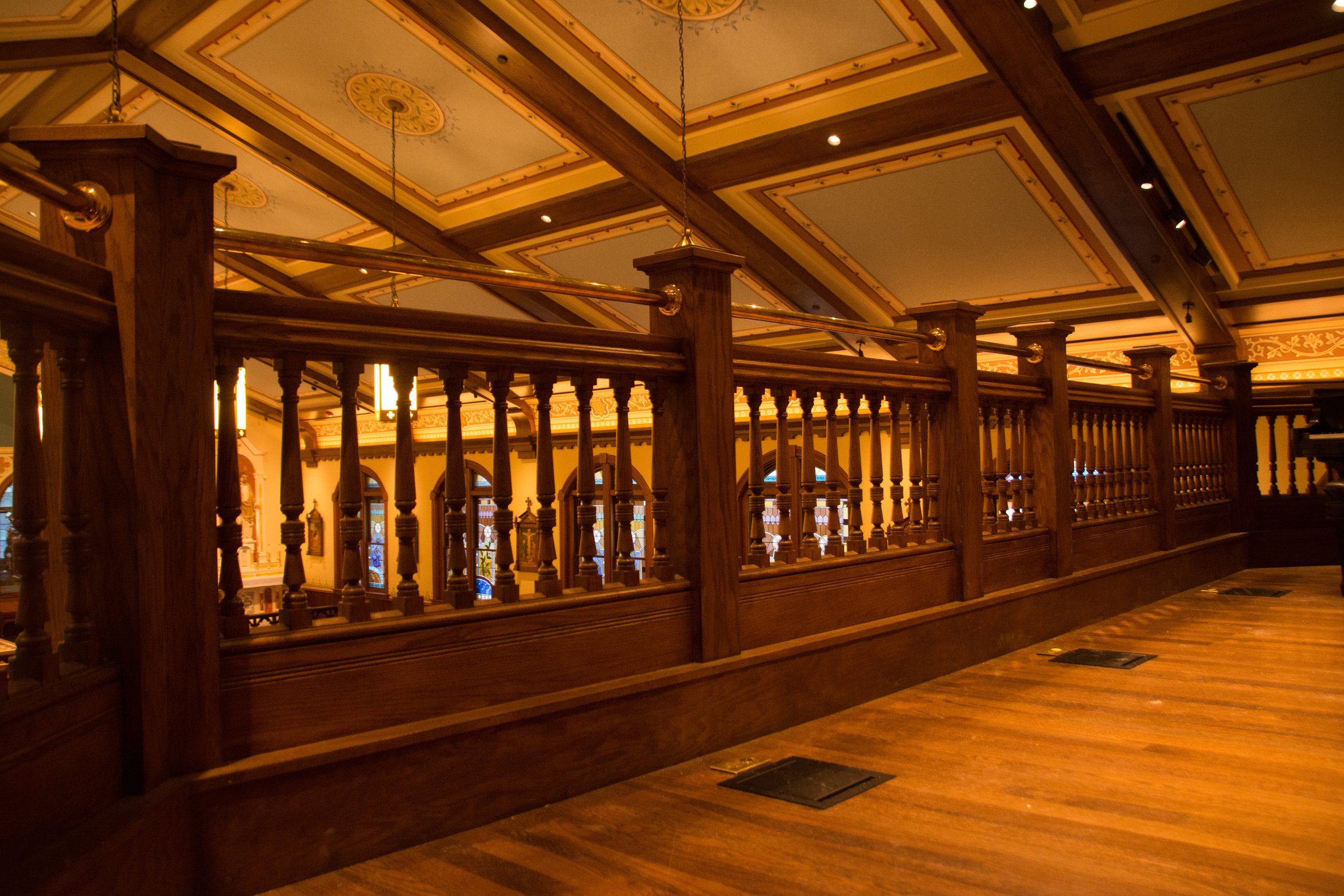
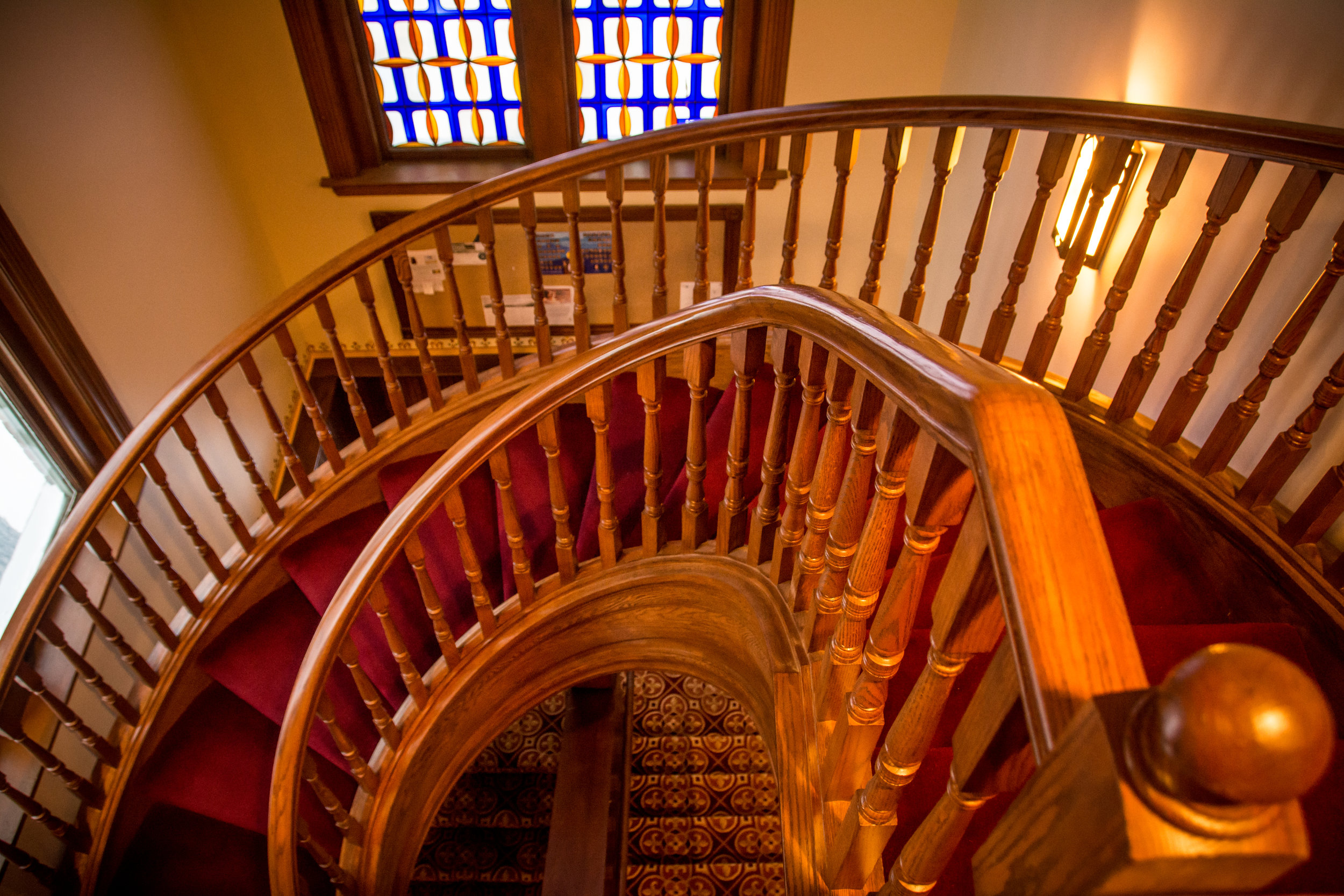
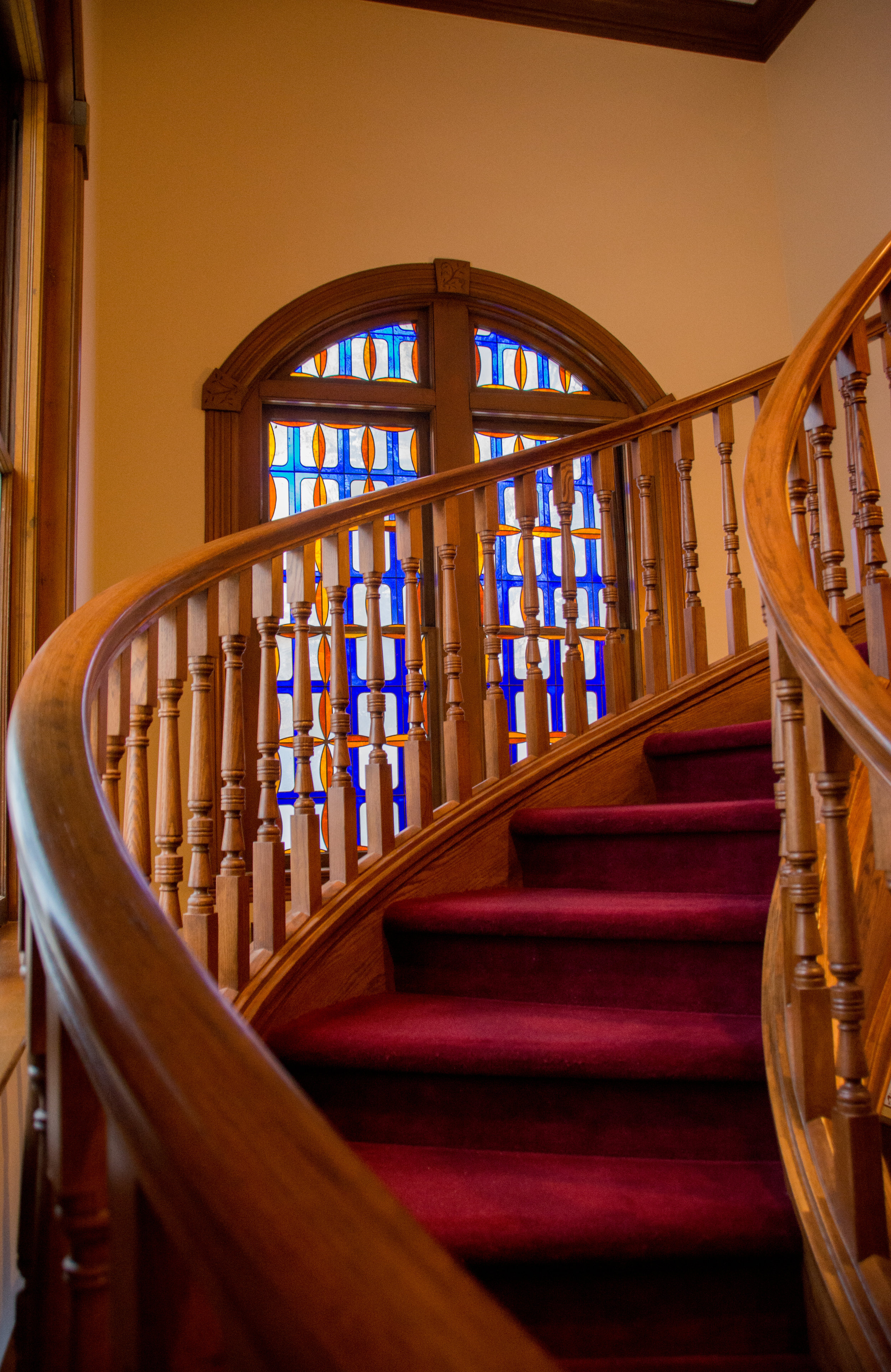
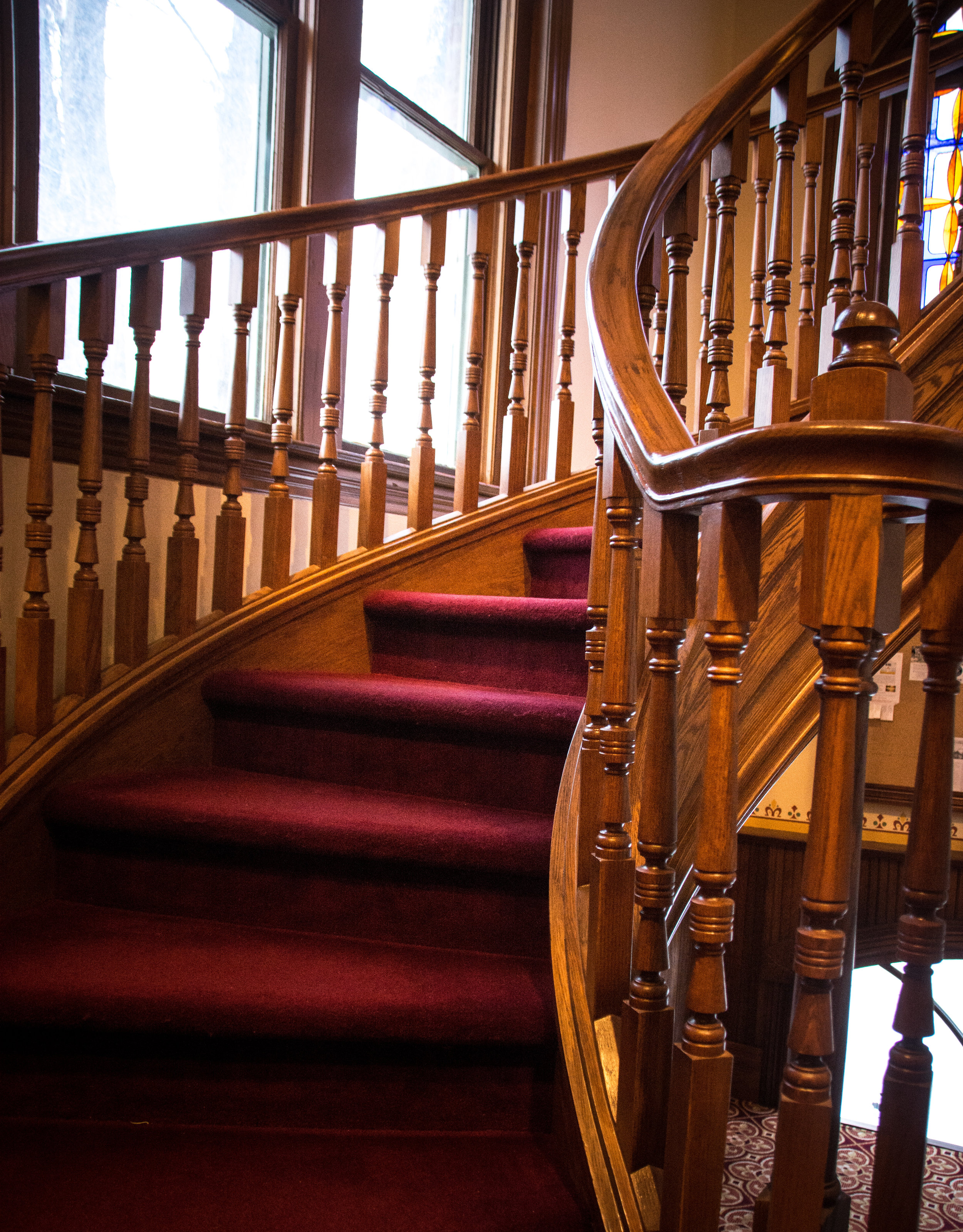

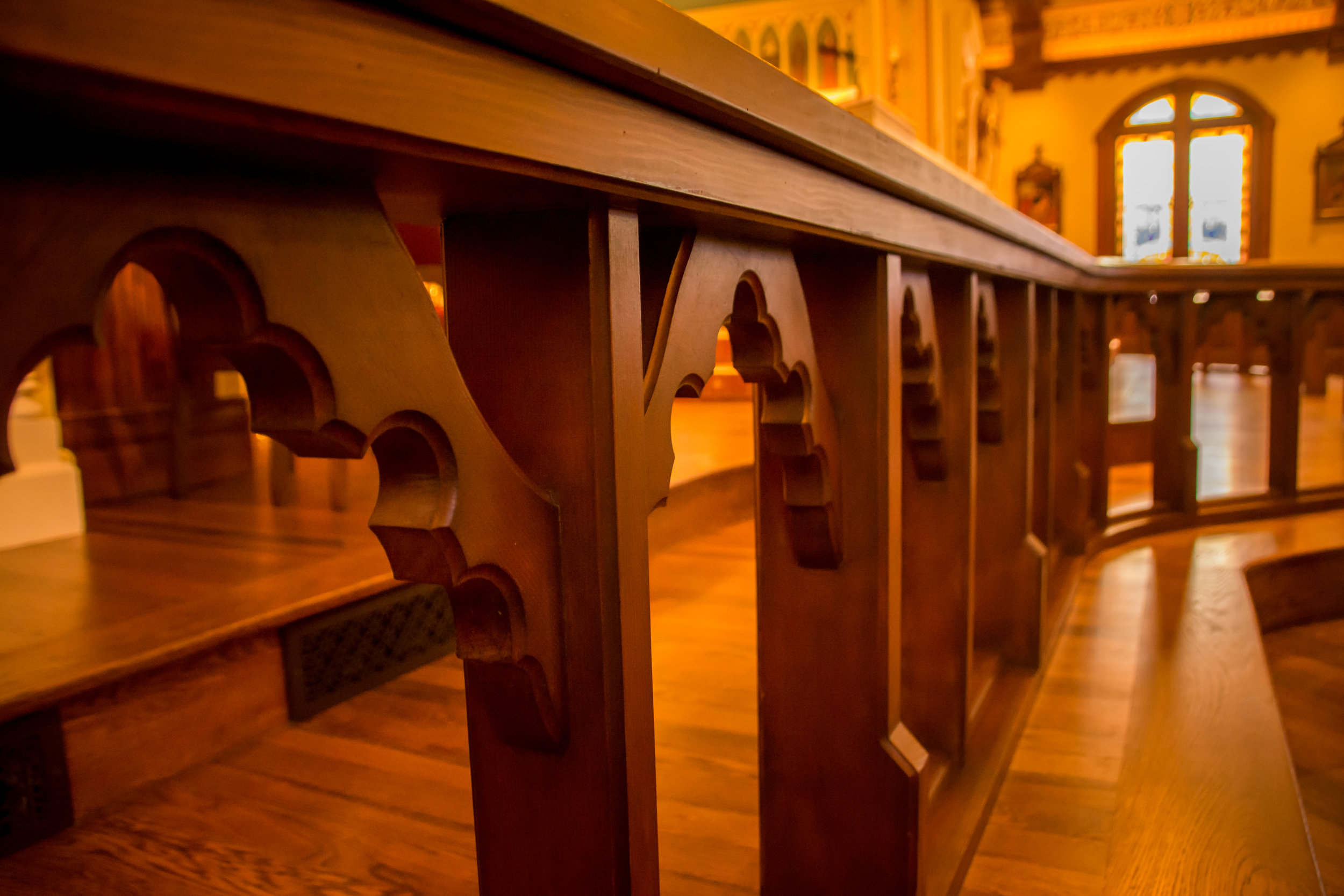
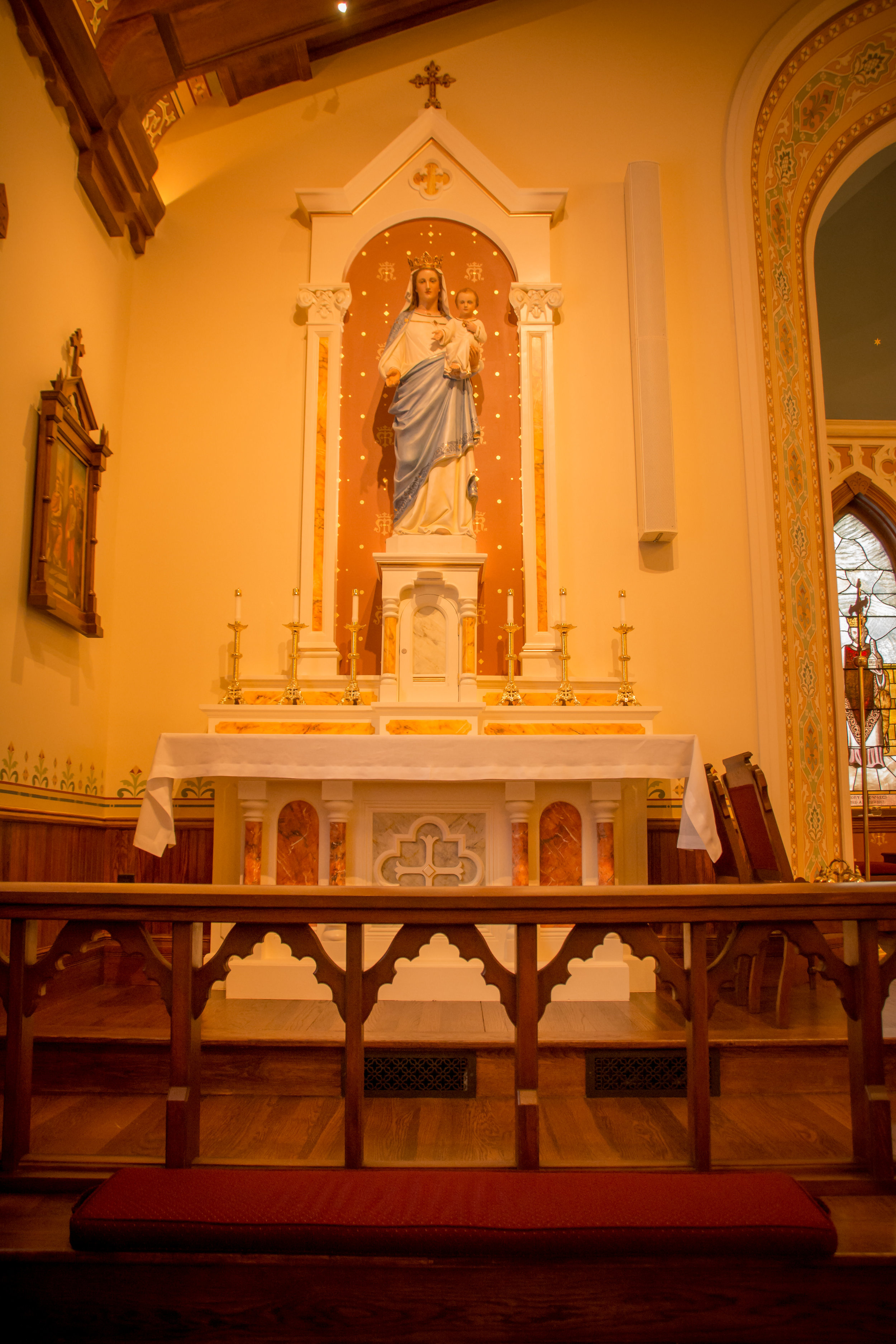
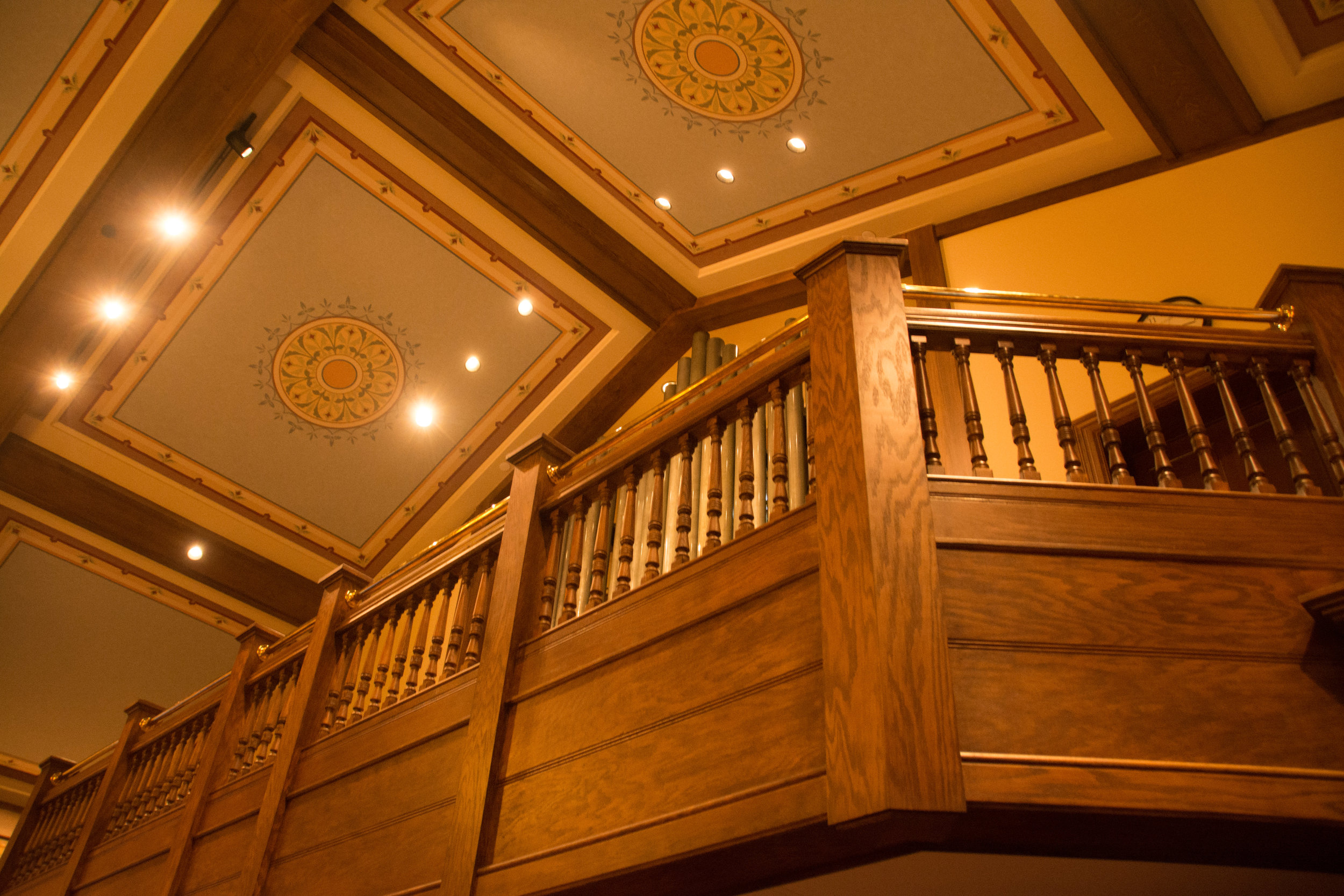
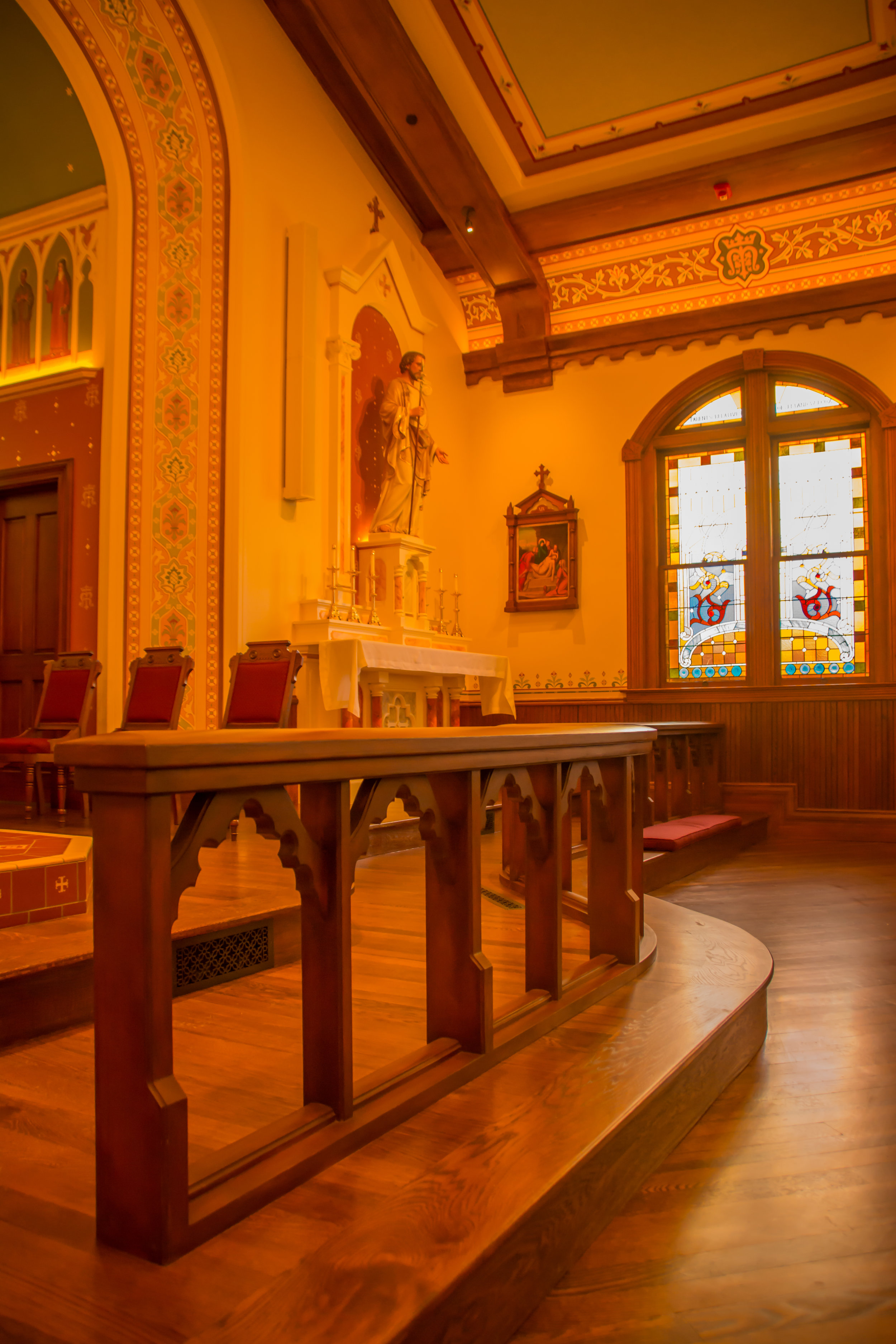
Take a tour of Joymark’s artisan carpentry on a highly anticipated historical restoration in Aspen, Colorado at St. Mary’s Church. This project included creating a custom curved staircase, new construction of altar rails, and choir loft.
The altar rail is all new construction hand made out quarter sawn vertical grain Douglas fir from California.
JoyMark Inc built a new staircase which features curved hand rails and spindles using hand crafted radius work. Spindles are a replication of the original of the 1898 original balustrade. The materials used were quarter sawn white oak from Northern Illinois.
JoyMark also tripled in size the choir loft and elevated to its new position. Dale incorporated some of the existing railings, spindles, and trim from the 1898 original balustrade. Replicated 80 feet of railings, spindles and trim to match the original choir loft.
Client Testimonial: “Structural Associates Co. recently completed an extensive historic church renovation with the benefit of Dale Moore’s expertise and exceptionally skilled craftsmanship. Dale provided valuable input throughout the pre-construction/planning process and was a pleasure to work with throughout the project. His thoughtful and innovative approach to problem-solving was instrumental in the project’s success. Dale’s attention to detail and quality craftsmanship is reflected in the beautiful workmanship that will be appreciated by many for years to come.” Shane Evans, Principal, Structural Associates, Co
Here is a video showing the creation of the altar rail.
St Mary's Church, Aspen CO
St. Mary's Catholic Church in Aspen, CO Interior
According to an article by the Aspen Daily News, "Peeling away an old lathe and plaster layer from the ceiling revealed vivid stencil drawings that Hilton believes are also original to the 19th-century building.
“The Victorians used very bright colors,” he said, sharing photos of some of the drawings on the since-removed plaster. Hilton also said that a thin black film seen on the plaster may have been coal dust."

